| Model: | MOS503612-47-3 |
| Place of Origin: | Shandong,China (Mainland) |
| Brand: | MOSINTER |
| Molecular Formula: | C25H25N5O4 |
| Molecular Weight: | 459.50 |
| Specification: | CP/USP/EP |
| Content: | 98%min |
| Density: | 1.421g/cm3 |
| CAS: | 503612-47-3 |
| Boiling point: | 770.468°C at 760 mmHg |
| Flashing point: | 419.764°C |
| Vapour pressure: | 0mmHg at 25°C |
- Have any questions?
- +86-189 8930 5995
- sales@mosinterchem.com.cn
Apixaban CAS 503612-47-3

Rivaroxaban CAS 366789-02-8
05/12/2018
Azilsartan Kamedoxomil CAS 863031-24-7
05/12/2018Apixaban ( CAS: 503612-47-3 )
| Item | Index |
| Molecular Formula | C25H25N5O4 |
| Molecular Weight | 459.50 |
| Specification | CP/USP/EP |
| Content | 98%min |
Apixaban (INN, trade name Eliquis) is an anticoagulant for the prevention of venous thromboembolism and the prevention of stroke in atrial fibrillation. It is a direct factor Xa inhibitor. Apixaban has been available in Europe since May 2011. The drug was developed in a joint venture by Pfizer and Bristol-Myers Squibb.
Overdose
Overdose of apixaban may result in a higher risk of bleeding. In the event of haemorrhagic complications, treatment must be discontinued. There is no established way to reverse the anticoagulant effect of apixaban, which can be expected to persist for about 24 hours after the last dose (i.e., about two half-lives). A specific antidote is not available. Although treatment with apixaban does not require routine monitoring of exposure, the Rotachrom® anti-FXa assay may be useful in exceptional situations where knowledge of apixaban exposure may help to inform clinical decisions, e.g., overdose and emergency surgery.
Discontinuation
There is increased risk of (mainly ischemic) stroke with discontinuation of apixaban. Discontinuing apixaban in the absence of adequate alternative anticoagulation increases the risk of thrombotic events. An increased rate of stroke was observed during the transition from apixaban to warfarin in clinical trials in patients with nonvalvular atrial fibrillation within the first 30 days of transition. This resumption of events was probably related to inadequate control of anticoagulation, but induction of a hypercoagulable state by long-term treatment with the NOAC has not been ruled out. If apixaban must be discontinued for a reason other than pathological bleeding, consider coverage with another anticoagulant.
Drug interactions
Strong dual Inhibitors of CYP3A4 and P-gp (e.g., ketoconazole (Nizoral), itraconazole (Sporanox), ritonavir, or clarithromycin) increase the exposure to apixaban and increase the risk of bleeding . These medicinal products may increase apixaban exposure by 2-fold. Less potent inhibitors of CYP3A4 and/or P-gp as diltiazem and naproxen led to a 1.4-fold and 1,5 fold increase in mean apixaban concentration.
Strong dual inducers of CYP3A4 and P-gp decrease exposure to apixaban and increase the risk of stroke. Avoid concomitant use of apixaban with rifampin, carbamazepine (Tegretol), phenytoin and St. John’s wort, because such medicine may lead to a ~50% reduction in apixaban exposure.
Coadministration of antiplatelet agents, fibrinolytics, heparin, aspirin, and chronic NSAID increases the risk of bleeding.
You must be logged in to post a review.

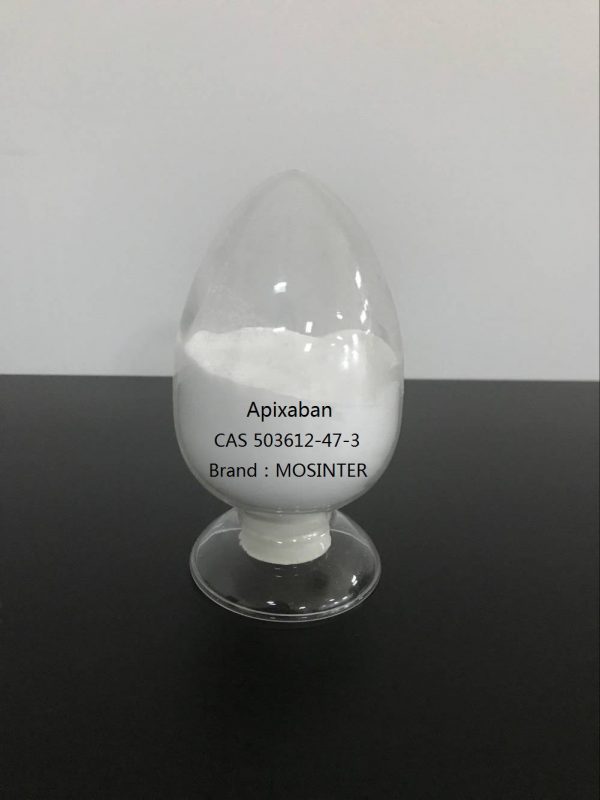
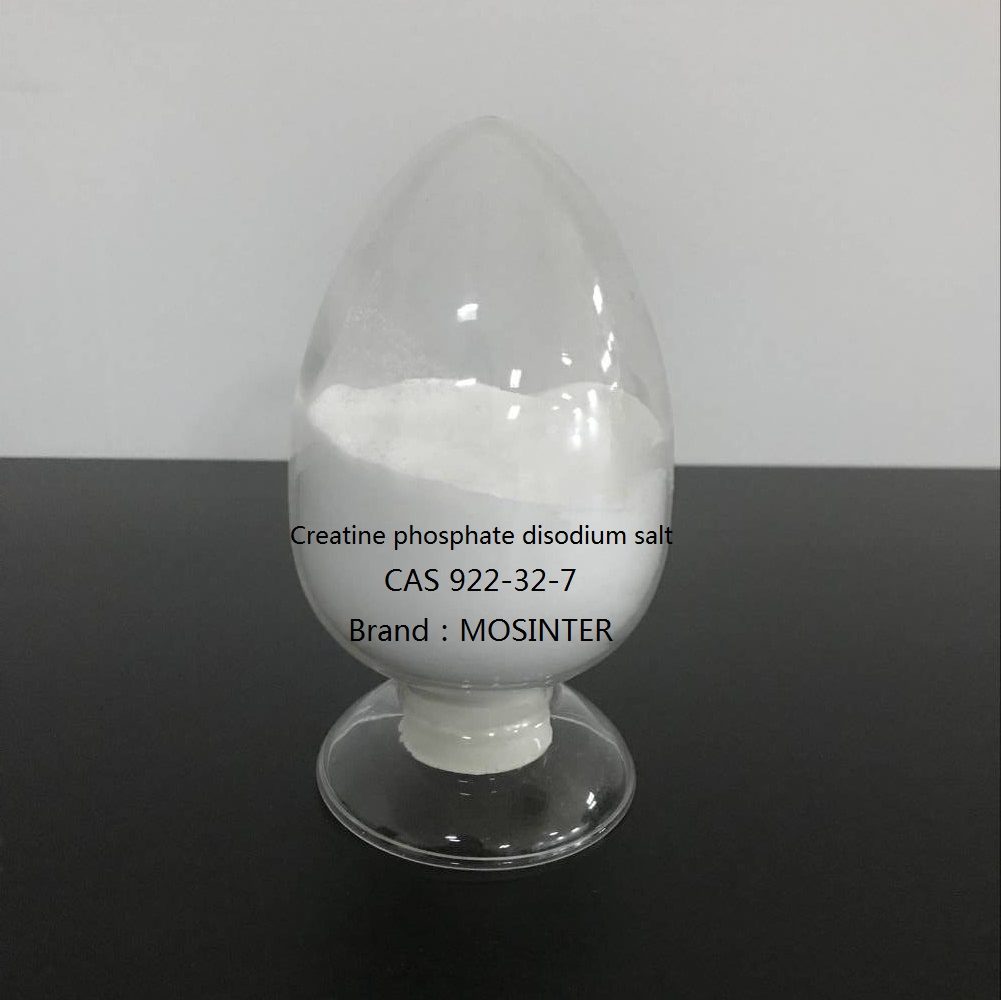
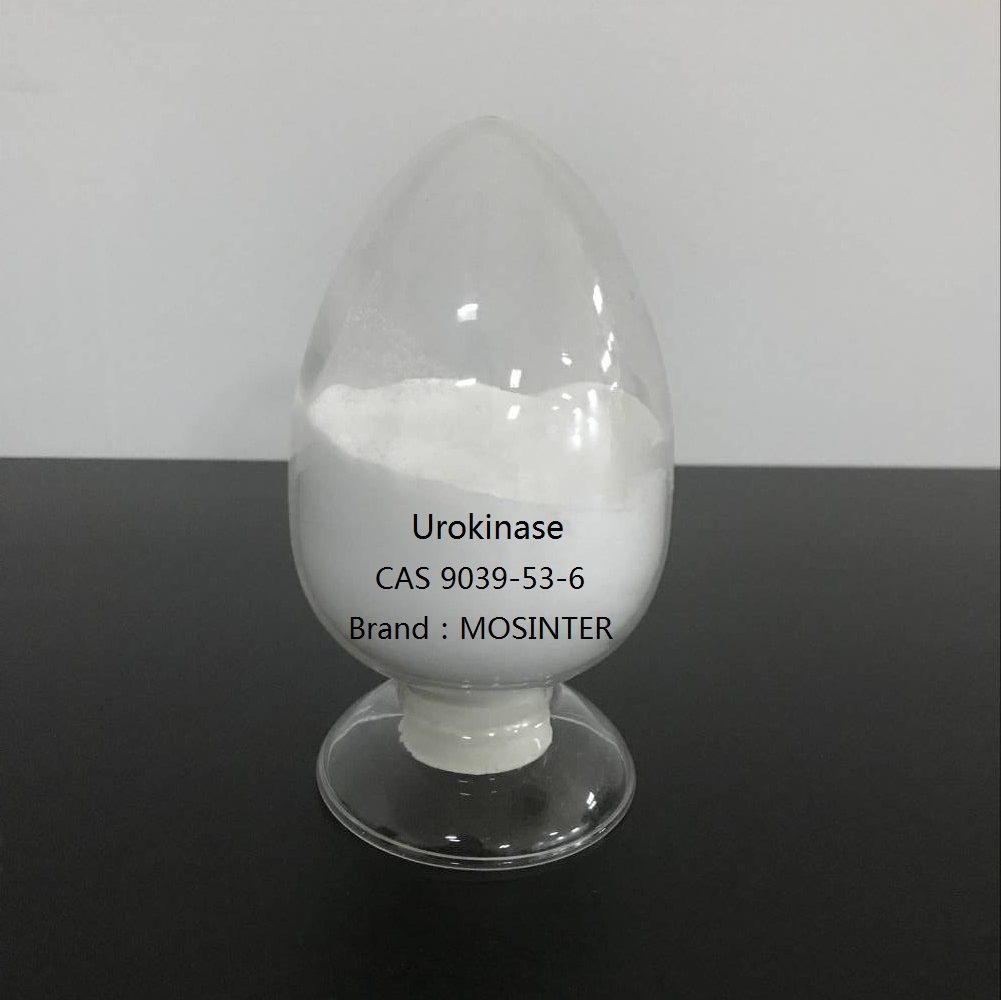
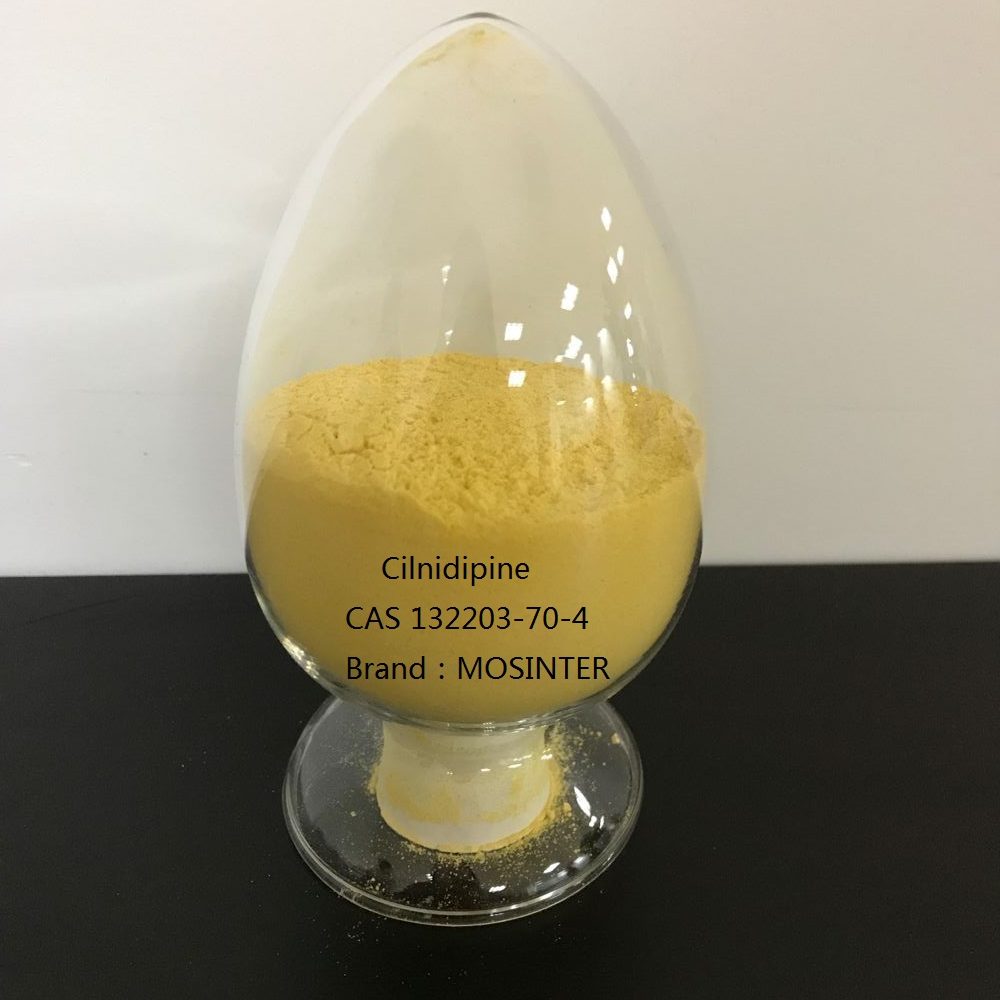
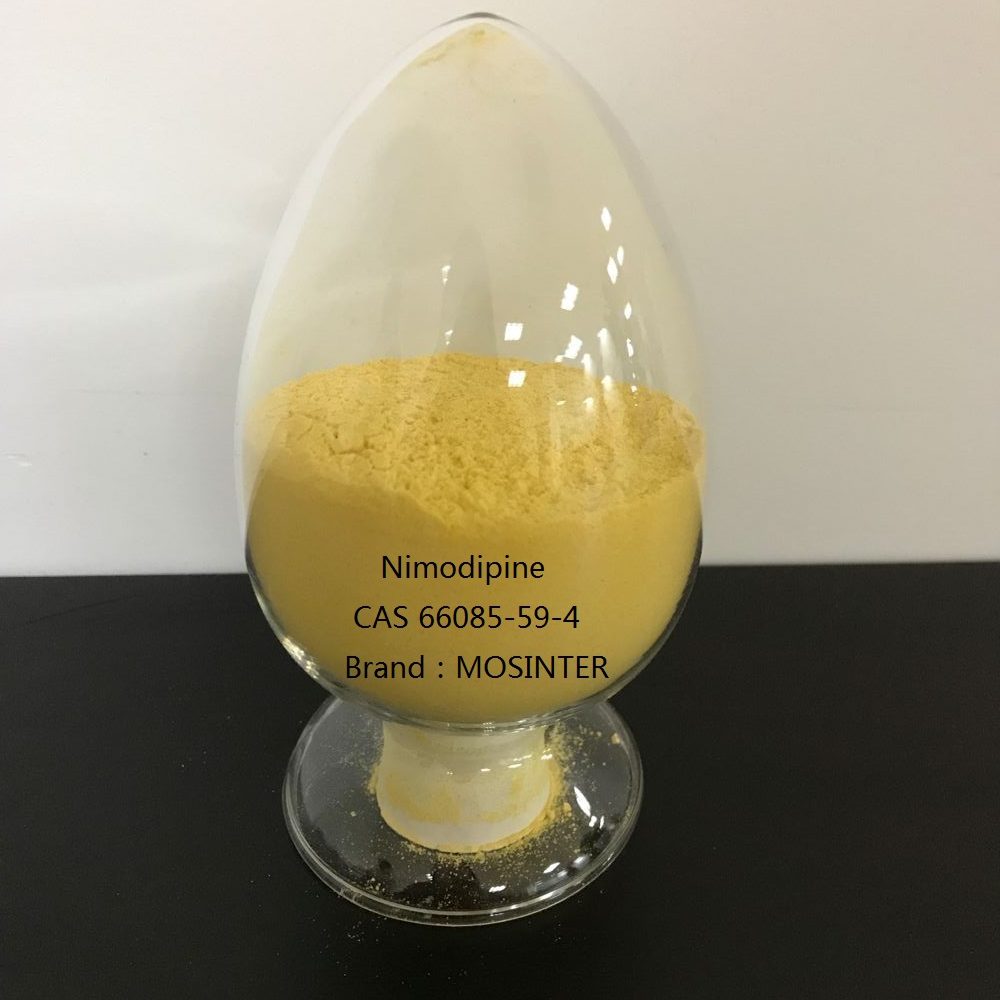
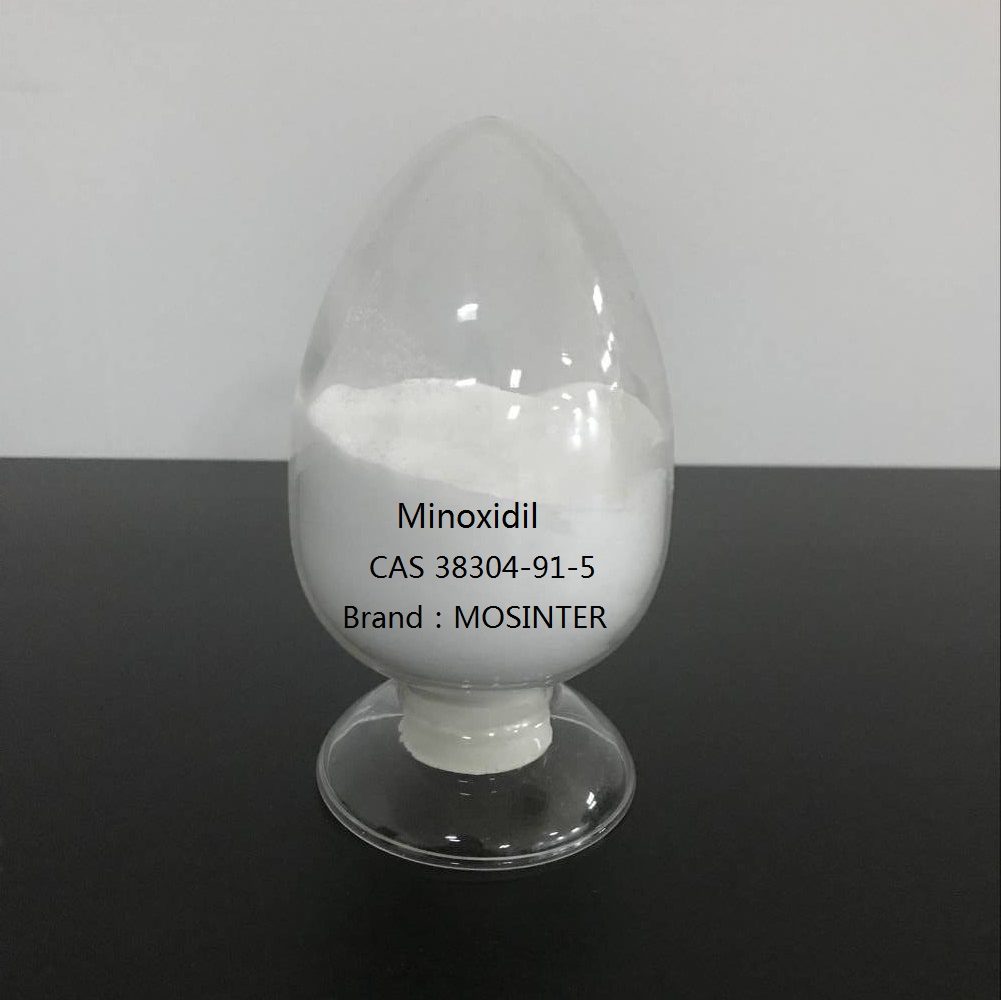
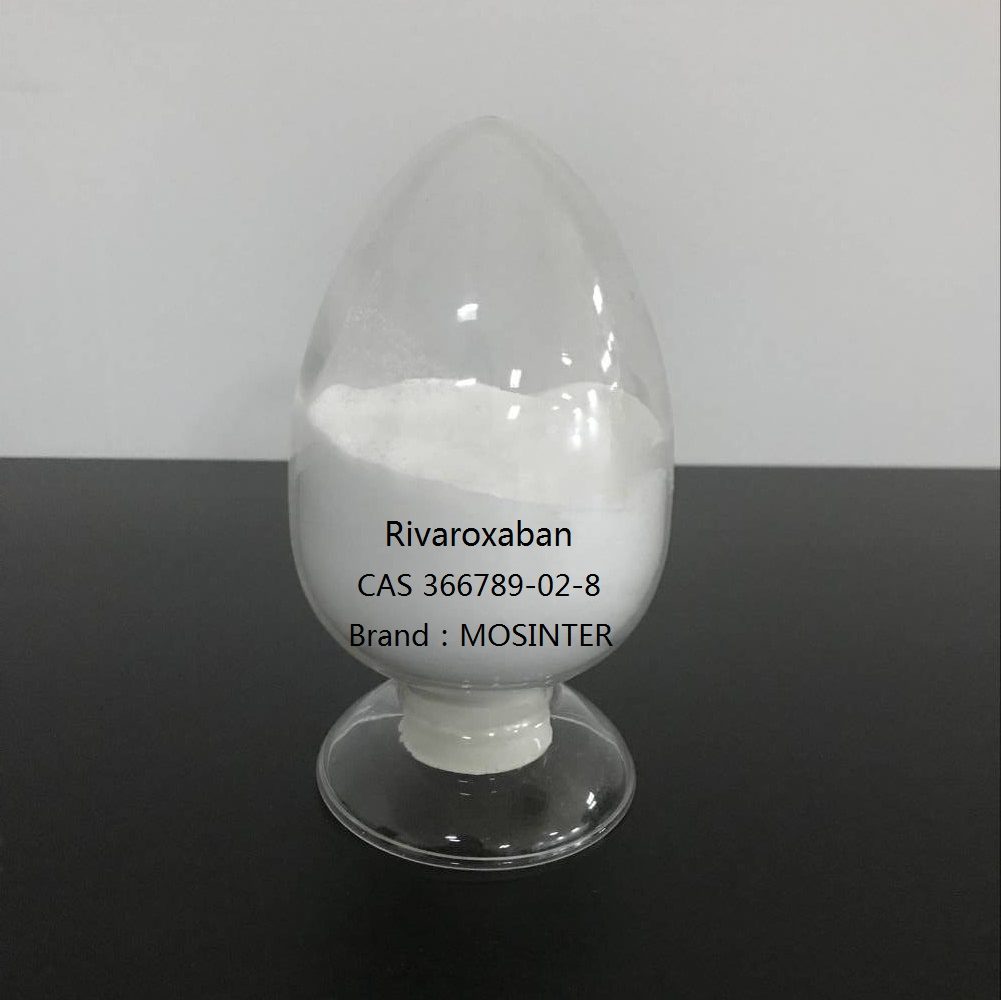
Reviews
There are no reviews yet.